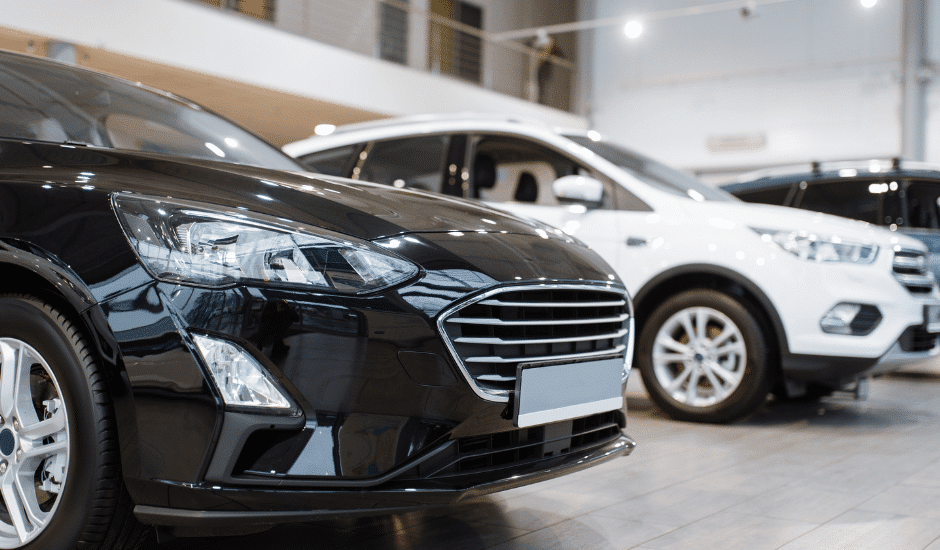
This blog analyses the automobile industry in India during pre and post Covid periods.

The automotive industry comprises a wide range of companies and organizations involved in the design, development, manufacturing, marketing, selling, repairing, and modification of motor vehicles. It is one of the world’s largest industries by revenue (Accounts for 16 per cent revenue in France and 40 per cent in Slovakia). In the Indian context, the top three auto manufacturers — Maruti Suzuki India, Tata Motors and Mahindra & Mahindra hold the sector and have posted profits for the first time since the pandemic hit in early 2020. Resilience and adaptability have been key factors in the industry’s recovery.
n, development, manufacturing, marketing, selling, repairing, and modification of motor vehicles. It is one of the world’s largest industries by revenue (Accounts for 16 per cent revenue in France and 40 per cent in Slovakia). In the Indian context, the top three auto manufacturers — Maruti Suzuki India, Tata Motors and Mahindra & Mahindra hold the sector and have posted profits for the first time since the pandemic hit in early 2020. Resilience and adaptability have been key factors in the industry’s recovery.
The combined net profit of the three companies for the quarter reached 56.1 billion rupees ($770 million), up 59% from the same period of the previous year pre-pandemic. The combined revenue more than doubled to 1.2 trillion rupees from 524.2 billion rupees recorded in the April-June quarter that spanned lockdown in the country.
Pent-up demand and preference for owned vehicles over shared mobility has pushed growth in the sector. Rural demand for entry-level vehicles on account of a good crop season also boosted demand. Mahindra posted a threefold jump in net profit at 7 billion rupees on revenue of 216.2 billion rupees.
Growth of automobile sector in India is expected to register a CAGR of 8.10%. India’s Automotive Market was valued at USD 100 billion in 2021 and is expected to reach USD 160 billion in 2027. Even before the pandemic, the Indian automotive sector struggled, experiencing an overall degrowth of nearly 18% in FY20.
In the early months of the pandemic, automotive sales plummeted worldwide. In China, sales dropped by a staggering 71% in February 2020.By April, sales had declined by 47% in the United States and a whopping 80% in Europe Global Outlook. The Indian auto sector faced challenges, registering negative growth in sales across vehicle categories in FY21.

Economic Fallout:
The widespread inactivity caused by lockdowns had a severe impact on the world economy, which was considered the worst since the 2008 Financial Crisis. Layoffs occurred throughout the industry, and some automakers faced significant profit losses.
Supply Chain Disruptions:
The auto industry heavily relies on global supply chains. However, COVID-19 regulations varied across countries, disrupting production and affecting supply chains. Temporary shutdowns of plants further exacerbated the situation
Reduced Demand:
Due to widespread job losses, people started saving more instead of making big transactions like vehicle purchases. Gasoline prices dropped, but this did not lead to a positive trend in vehicle sales. New vehicle sales in the United States fell by 23.9% in July compared to 2019, and in Europe, sales dropped by about 25.7% during the same period
Post pandemic era
The global automobile industry was experiencing significant growth. Vehicle sales were on the rise, and in some segments, new records were being set. For instance, the forecast for auto sales in the United States alone was expected to be between 16 and 17 million units during 2020.
Shift to Digitization:
While overall sales remained low, people embraced digitization during their homestays. Working from home, using online services, and purchasing goods online became more common. Private vehicles were preferred over public transportation due to infection transmission fears. Dealers adapted by reaching out to customers through online methods, enabling virtual walkthroughs and home deliveries1.
Electric Vehicle Market:
Interestingly, the electric vehicle market had a different experience. New registrations for electric cars exceeded those for internal combustion engine (ICE) vehicles during the lockdown period. Lockdowns also contributed to reduced CO2 emissions, prompting reflection on the desirability of traditional vehicles from an environmental perspective.
Supply Chain Pressures:
Despite concerns about supply chain disruptions due to COVID-19, geopolitical tensions, and microchip shortages, supply chains held up. However, the pressure for change remains.
Digital Transformation:
The pandemic accelerated existing trends in the mobility value chain. Consumers were already exploring vehicles online, comparing prices, and experiencing virtual vehicle views. During the pandemic, technology proved invaluable as dealerships adapted to restrictions. While physical dealerships remain important, virtual platforms also play a significant role. Automakers experimented with new models for selling and servicing vehicles, including approaches beyond traditional dealer showrooms.
Global Impact:
Worldwide, car factories suspended production, dealerships shut down, and sales slumped. In the first four months of 2020, global car sales fell by 29.2% year on year.
Indian Auto Sector:
In India, the auto sector faced negative growth in sales across vehicle categories during FY21. Passenger vehicles, two-wheelers, commercial vehicles, and three-wheelers all experienced decline.
Electric Vehicle Market:
Interestingly, electric vehicle registrations exceeded those of internal combustion engine vehicles during the pandemic. Lockdowns led to reduced CO2 emissions, prompting environmental reflections.
In summary, the automotive industry navigated challenges, embraced digital solutions, and witnessed both setbacks and opportunities during and after the pandemic.




